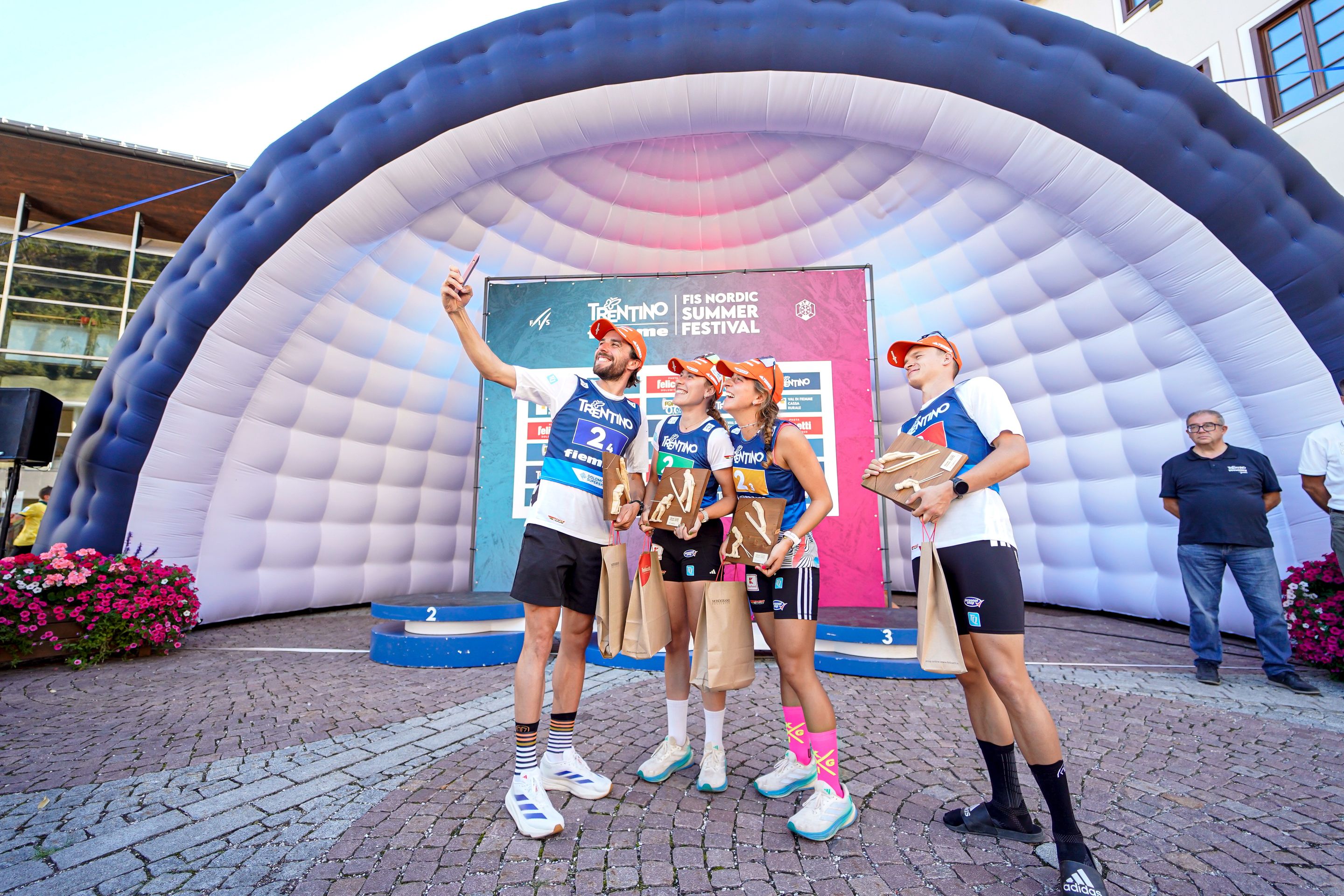Nordic Combined Committee looks ahead: growth, innovation, and Olympic ambitions
Oct 03, 2025·Nordic Combined
The Nordic Combined Committee met to review the progress of the discipline and to outline the path toward the future. With the biggest World Cup calendar in history ahead, landmark events on the horizon, and the crucial IOC decision about the inclusion of Nordic Combined in the 2030 Olympic Winter Games coming in spring 2026, the committee’s discussions reflected both optimism and determination.
Biggest World Cup calendar ever
Race Director Lasse Ottesen presented the 2025/26 World Cup calendar, which will be the most extensive in the history of Nordic Combined. The upcoming season brings several milestones: more women’s World Cups will take place on the large hill, men will compete in Ski Flying for the first time on the legendary Kulm hill, and the Continental Cup calendar is expanding. Grassroots development is also thriving – this August, Oberstdorf hosted a record 137 young athletes in the FIS Youth Cup, underlining the strength of the next generation.
"Over the past years, we have invested a lot into modernizing Nordic Combined," said Ottesen. "We’ve worked on formats that are easier to follow for spectators, improved TV production, and strengthened our youth programs worldwide. The goal is to make the sport more accessible and exciting, while still keeping its tradition. I believe our biggest opportunity lies in bringing new fans to the sport and showing that Nordic Combined has the potential to grow far beyond its traditional strongholds."
Rule updates and prize money increase
The committee also confirmed small but significant equipment rule updates.
For athletes, a positive development is the increase of World Cup prize money: from the 2025/26 season, FIS will implement a 10% raise, with an additional 10% increase optional for local organizers.
Importantly, Nordic Combined is setting a strong standard with a decision for equal overall prize money for men and women.

Growing audiences and visibility
Data presented by Infront highlighted the sport’s growing reach. The 2024/25 World Cup season showed a rise in TV viewership, with women’s competitions gaining particular traction. Social media is also driving growth: Nordic Combined’s summer content achieved record numbers, with TikTok leading engagement among younger fans.
In addition, 64% of the tickets for Nordic Combined competitions at the Milano Cortina 2026 Olympic Winter Games are already sold, underscoring the strong spectator interest.
"The support from FIS management and our National Ski Associations has been outstanding," emphasized Ottesen. "Everyone is aware of the unique situation Nordic Combined is in, and we are united in our efforts to secure the sport’s Olympic future. Together, we are sending a clear message: Nordic Combined has a place at the top level of winter sports!"

Focus on the 2030 Olympic Winter Games
A crucial topic remains the IOC decision on whether Nordic Combined will be included in the 2030 Olympic Winter Games in the French Alps. FIS has submitted an extensive application and underlined its full support for the discipline. The IOC’s evaluation period has been extended, with the decision now expected in spring 2026, after the Olympic Winter Games in Milano Cortina.
"We respect the IOC’s decision to extend the evaluation period until 2026, as it gives us more time to demonstrate the strength and progress of Nordic Combined," Ottesen explained. "Our dialogue with the IOC is ongoing and constructive, and we are confident that we can prove the relevance and attractiveness of our sport. The message we want to send is clear: Nordic Combined embodies Olympic values, combining endurance, skill, and tradition, and we are ready to inspire future generations."
With strong results on the ground, new milestones on the horizon, and constructive collaboration with the IOC, Nordic Combined steps into the future with confidence and ambition.




